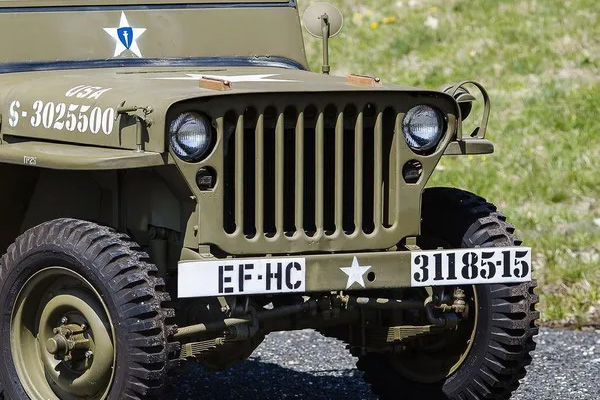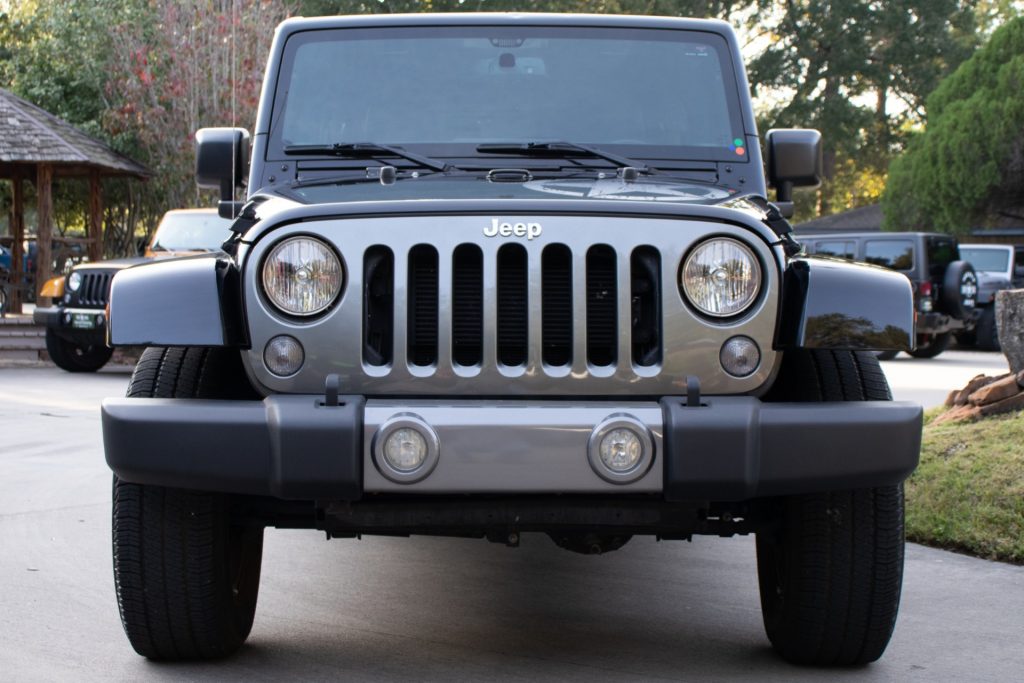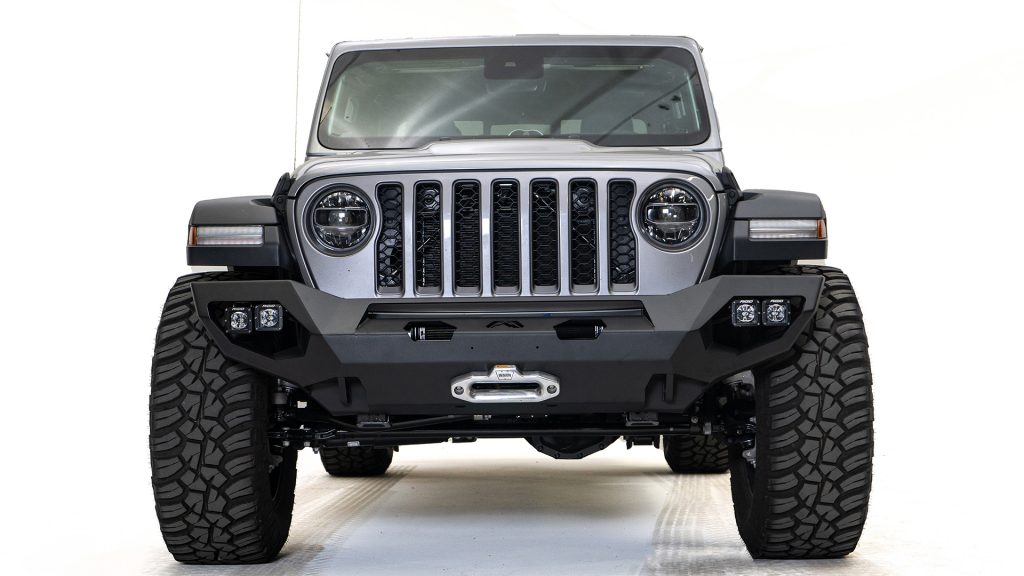This post contains affiliate links. If you click on a link and make a purchase, we may earn a commission at no additional cost to you.
This post contains affiliate links. If you click on a link and make a purchase, we may earn a commission at no additional cost to you.
When we think of a Jeep, the image of its iconic grille immediately comes to mind – a symbol of rugged adventure and unyielding spirit. Over the years, the design of Jeep grilles has undergone significant transformations, each change reflecting not only the evolution of the vehicle itself but also the dynamic spirit of the era it represents. Join us as we take a captivating journey through time, exploring the changes and innovations that have shaped Jeep grilles into the recognizable emblem they are today.
1. Willys MB (1941-1945): The Birth of a Legend
The very first Jeep, the Willys MB, was born out of military necessity during World War II. Its grille featured nine vertical slats, a design choice rooted in practicality. The vertical openings were easier to manufacture, and the number of slots increased the strength of the grille, providing better protection to the radiator. This classic design set the stage for the Jeep’s enduring legacy.

2. Jeep CJ Series (1945-1986): The Adventurous Icon
Post-war, the Jeep CJ (Civilian Jeep) series retained the iconic seven-slot grille, but with slight modifications. The CJ-2A, the first civilian Jeep, introduced the seven horizontal slots that have become synonymous with the brand. The grille’s rugged, utilitarian look became a symbol of the Jeep’s adventurous lifestyle, appealing to outdoor enthusiasts and off-road aficionados alike.
3. Jeep Wrangler YJ (1986-1995): Embracing Modernity
The introduction of the Wrangler YJ brought a controversial change – rectangular headlights. While this departure from the traditional round headlights raised eyebrows among purists, it represented Jeep’s willingness to modernize. The iconic seven-slot grille, however, remained intact, preserving the brand’s heritage even amidst contemporary design updates.
4. Jeep Wrangler TJ (1997-2006): Blending Tradition and Innovation
The Wrangler TJ era saw a return to the classic round headlights, a move that delighted Jeep enthusiasts. This design choice, coupled with a slightly curved grille, struck a balance between honoring tradition and embracing a more refined aesthetic. The grille’s evolution in this period showcased Jeep’s ability to blend heritage with innovation seamlessly.

https://amzn.to/3tzKNxg – Amazon
5. Jeep Wrangler JK (2007-2018): Bold Design and Expansion
The Wrangler JK brought bold changes to the grille’s appearance. The slots became more prominent, and the grille extended slightly upward, giving the front end a bolder, more muscular look. With technological advancements and an expanded lineup, the Wrangler JK marked a period of growth for the brand, appealing to a broader range of consumers while retaining its off-road prowess.

6. Jeep Wrangler JL (2018-Present): Modern Elegance and Heritage
The most recent iteration, the Wrangler JL, refines the grille further. It sports a sleeker design with slimmer headlights and a more streamlined profile. The seven-slot grille remains, a testament to Jeep’s unwavering commitment to its legacy. With updated materials and improved aerodynamics, the JL’s grille represents a harmonious blend of modern elegance and heritage charm.


https://amzn.to/3QkMmYy – Amazon

https://amzn.to/402MX4k – Amazon
In every change, the Jeep grille tells a story – a narrative of resilience, adaptability, and timeless appeal. Through the years, it has not just been a part of the vehicle; it has become an emblem of a lifestyle, embodying the spirit of adventure and the love for the open road. As we gaze upon the grille of a Jeep today, we see not just metal and slots, but a rich history etched in every contour, reminding us of the remarkable journey this iconic emblem has undertaken, and the exciting roads that lie ahead.
This post contains affiliate links. If you click on a link and make a purchase, we may earn a commission at no additional cost to you.
























